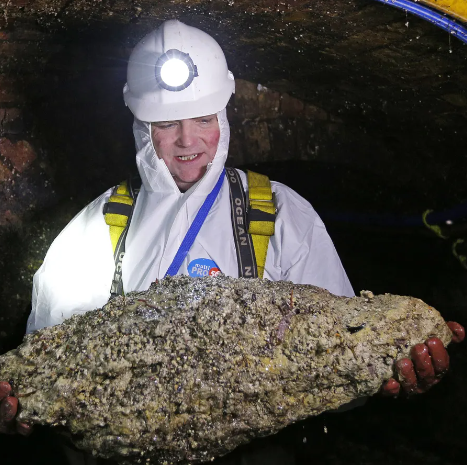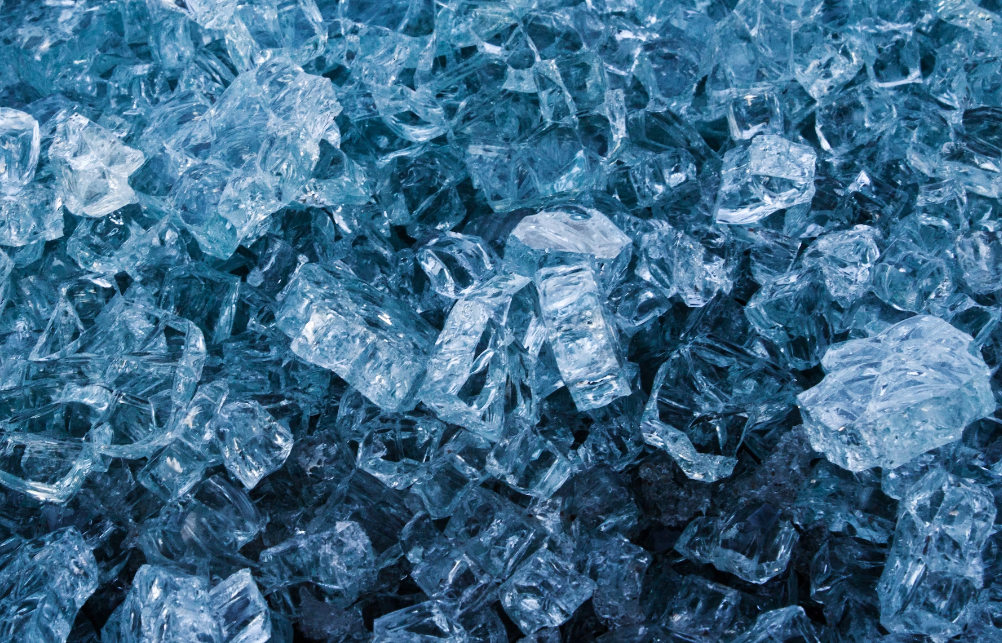
Fats, Oils, and Greases (FOG) present a year-round challenge in the realm of waste management, significantly impacting both our sewer systems and the environment. However, the winter season brings with it additional threats that exacerbate the FOG problem, making this period particularly critical for food service businesses. While these issues are persistent throughout the year, the unique combination of increased culinary activities during the festive season and the cold weather's impact on grease behaviour poses heightened risks. This period demands an elevated level of vigilance and a tailored approach to ensure our sewers remain free from the hazardous build-up of fatbergs. As we delve deeper, we will explore why winter is a particularly crucial time for combatting FOG and the necessary strategies to mitigate these seasonal challenges.
The Festive Surge in Grease Production
The Christmas season, a time of festivity and indulgence, significantly impacts the dynamics of grease management. This period is marked by a notable increase in the preparation of rich gravies, succulent meats, and various fried delicacies. As families and friends gather to celebrate, restaurants witness a remarkable surge in customer numbers, all seeking to partake in these festive feasts. This scenario sets the stage for a substantial increase in the production of Fats, Oils, and Greases (FOG).
The Culinary Boom and Its Impact
During the festive season, the demand for traditionally richer, heavier meals skyrockets. Kitchens in restaurants and catering establishments find themselves preparing larger quantities of food, often involving cooking techniques that contribute significantly to FOG levels. Deep-frying, roasting, and sautéing, common in preparing festive dishes, generate considerable amounts of grease. This is not just about the volume of food being prepared but also about the type of food, which tends to be higher in fats.
Strain on Grease Management Systems
As kitchens ramp up their operations to meet the holiday demand, the grease traps, which are essential components in the management of FOG, face unprecedented levels of stress. These systems are designed to intercept greases and oils before they enter wastewater systems, preventing the formation of fatbergs. However, the sudden and significant increase in FOG can overwhelm these systems, reducing their efficiency and increasing the risk of blockages. The situation is further complicated by the fact that many establishments may not have grease traps equipped to handle such surges in FOG production.
The Quantifiable Surge
This increased production of FOG during the Christmas season is not merely a theoretical concern; it is a measurable reality. Data from wastewater treatment facilities often show a spike in FOG-related issues during this period. The repercussions of this surge are far-reaching, affecting not only the individual establishments but also the broader sewer infrastructure. The risk of sewer overflows, blockages, and the subsequent environmental and health hazards are significantly heightened.
The Impact of Cold Weather on FOG
The winter season, with its colder temperatures, plays a significant role in exacerbating the fatberg problem, a fact that cannot be emphasized enough. The impact of low temperatures on Fats, Oils, and Greases (FOG) results in two major threats to our sewage systems.

Accelerated Solidification in Outdoor Grease Traps
Outdoor epoxy grease traps, which are integral to managing FOG waste, are particularly vulnerable during winter. Exposed to the external environment, these traps often operate at or near ambient temperatures. In winter, this means they are subject to much colder conditions. As a result, the FOG that these traps intercept solidifies more rapidly than it would in warmer weather.
This accelerated solidification process poses a significant challenge. Grease traps are designed to collect and hold FOG, preventing it from entering sewer lines. However, when the trapped grease solidifies quickly, it can lead to blockages within the traps themselves. These blockages not only reduce the efficiency of the grease trap but can also lead to overflows and subsequent environmental contamination. They require more frequent maintenance and cleaning to ensure they continue to function effectively, which can be a logistical and financial burden for businesses.
Behaviour of FOG in Sewer Pipes
The second, more subtle threat, arises when FOG leaves the comparative warmth of indoor manual or passive stainless steel grease traps and enters the sewer system. In the colder temperatures of winter, FOG does not remain in a fluid state for as long as it would in warmer months. This means that once it enters the sewer pipes, it begins to solidify much closer to the source.
During warmer seasons, FOG can travel further in a semi-fluid state before solidifying, often dispersing more widely throughout the sewer system. In contrast, winter conditions cause FOG to solidify sooner, potentially leading to the formation of fatbergs much closer to their points of origin. This proximity to the source can lead to more frequent and severe blockages in localised areas, increasing the risk of sewer overflows and backups. These blockages are not only a nuisance but can also cause significant damage to the sewer infrastructure and pose health risks.
Combating FOG in Winter: Strategies and Precautions
The challenges posed by winter necessitate a more rigorous approach to grease management. Key to this is the understanding that prevention is far more effective than cure. As such, several strategies and precautions should be implemented.
- Regular Checking and Cleaning: With grease traps working overtime, their maintenance schedule must be intensified. Regular checking and cleaning ensure that these systems function optimally, preventing blockages and overflows.
- Educating Kitchen Staff: Staff should be trained to understand the heightened risks during winter. Simple practices such as wiping plates before washing and avoiding pouring oils down the sink can significantly reduce the load on grease traps. While this is critical at any time of year, highlight the importance of such tasks and give a refresher course to staff on correct procedures.
- Advanced Grease Management Solutions: When initially scoping, calculating sizes and installing a new grease trap it is recommended to invest in equipment that can handle the amount of FOG produced, not on an average day, but during the busiest times of year e.g. Christmas. Consider investing in more advanced grease trap technology rather than just the least or smallest capacity that is required of you, especially for establishments with high FOG outputs. These systems can handle larger volumes and offer more efficient separation.
- Collaborative Efforts: Engaging with local water authorities and environmental agencies can provide additional support and resources. Collaborative efforts in public education campaigns can also help in reducing the overall FOG entering the system.
- Emergency Response Plan: Despite all precautions, emergencies can occur. Having a robust response plan in place and educating staff on correct protocol during such events, ensures that any issues can be dealt with swiftly and effectively, minimising potential damage.
Winter presents a unique set of challenges in the battle against fatbergs. The combination of increased grease production during the festive season and the rapid solidification of FOG in colder temperatures creates a perfect storm for blockages and overflows. It is more critical than ever to focus on effective grease management strategies, ensuring that our sewer systems remain free from the scourge of fatbergs.

Leave a Comment
Your email address will not be published. Required fields are marked *